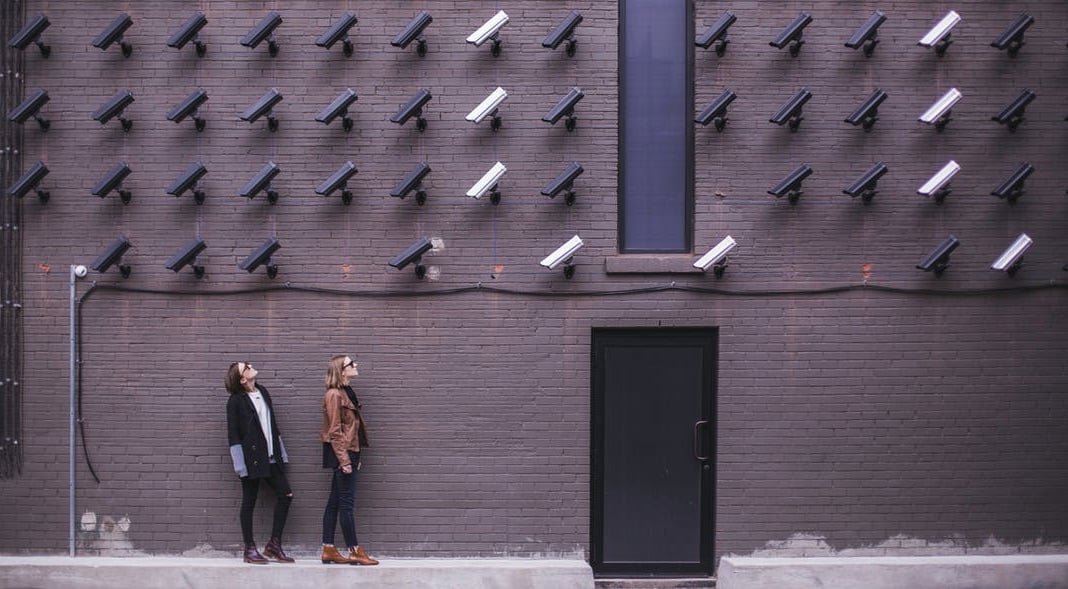60 Days on a VPN
Are you VPN, or VP-Out?
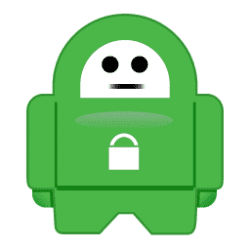 On April 3rd, President Trump signed a bill that repealed Federal Communications Commission (FCC) privacy rules designed to protect customers from their internet service providers.
On April 3rd, President Trump signed a bill that repealed Federal Communications Commission (FCC) privacy rules designed to protect customers from their internet service providers.
The story has largely fallen out of the limelight as countless other controversies and news stories rose to the surface. However, one of the narratives at the time was the users may turn to VPNs to protect their privacy, something that could drastically change the internet.
However, that got me thinking about the practicality of using a VPN for day to day surfing. While many people do constantly use VPNs for security reasons, are the tradeoffs worthwhile when the threat isn’t so immediate or clear?
It’s easy to put up with the quirks of a VPN when you’re hiding your identity to use BitTorrent or, for a less-nefarious example, doing highly sensitive work. Is it just as easy when the only threat is the abstract possibility of an ISP violating your privacy?
So, as I often do, I decided to turn myself into a guinea pig and switch over to using a VPN exclusively.
My findings were not particularly interesting, but that may make them very important.
Note: If you want a primer on what VPNs are and how they work, check out this post from 2015 that lays it out more thoroughly. However, for the purpose of this article, the important thing to understand is that a VPN is a service that hides your true location on the internet, making it appear to be the VPN server, and masks your internet traffic between your computer and the VPN server.
Choosing a VPN
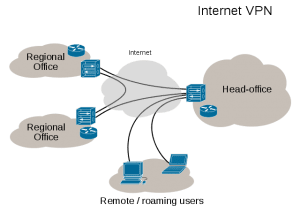 To be clear, I’m no stranger to VPNs. As someone who travels a great deal and often works out of the office, I routinely use them at coffee shops and hotels for security reasons. I’ve also used them to protect my privacy when doing copyright enforcement and to catch less-than-scrupulous sites faking DMCA compliance.
To be clear, I’m no stranger to VPNs. As someone who travels a great deal and often works out of the office, I routinely use them at coffee shops and hotels for security reasons. I’ve also used them to protect my privacy when doing copyright enforcement and to catch less-than-scrupulous sites faking DMCA compliance.
However, most of the time I’m at home or in my office, I’m not using a VPN. The VPN was something I actively enabled for specific situations, not something that was a default setting.
So, I decided to begin with a fresh start. Though I keep a few VPN accounts handy, their configuration wasn’t targeted for this use So , I disabled the software I was using and set up a new account with one of the more popular providers. I decided to spring for the “Yearly” account and it set me back approximately $40.
However, that $40 came with unlimited bandwidth and approximately 36 different endpoints to choose from. Though the endpoints were scattered all over the world, the goal wasn’t to hide my activities from law enforcement, just my ISP. As such, I chose the fastest (and second-closest) endpoint.
As a result, my New Orleans-based laptop would appear to the world to be coming all the way from Chicago. Fortunately, what would be more than a full day’s drive for me only seemed to add a few milliseconds to the connection.
After a bit of testing, it seemed the connection was ready to go.
My First (Failed) Attempt
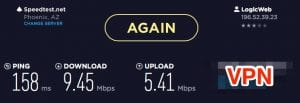 The original idea was to actually mask my entire house’s connection behind a VPN. The easiest way to do that was by installing the connection on my router and just pushing all connections through the VPN.
The original idea was to actually mask my entire house’s connection behind a VPN. The easiest way to do that was by installing the connection on my router and just pushing all connections through the VPN.
After some Googling, I found instructions from my VPN provider on how to do it. Though the configuration required a bit more tech-savvyness than many users might be able to provide (and only worked on certain kinds of routers), after about an hour of tinkering (and some trial and error) I was able to get it working.
A quick check of the internet speeds showed that my usual 50 Mbps connection had reduced to between 10-12 Mbps. While a significant drop, it was still more than enough for Netflix, which requires only 5 Mbps for HD, and many times faster than some get on DSL.
(Note: I took the images for this article later.)
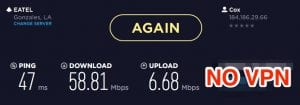
But while the reduction in speed might have been acceptable, almost immediately Hulu stopped working and Netflix didn’t fare any better.
While I was aware that this was a probability, it made the router-based solution untenable.
The lack of access to Hulu and Netflix would have likely caused an revolt in the house so the work was quickly undone and a new strategy was hatched.
Making it Work
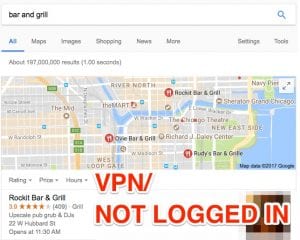 Instead of using it on the router, I went back to using on my laptop. Since that’s where the vast, vast majority of my private information is transmitted from, it would still provide good protection, though not perfect.
Instead of using it on the router, I went back to using on my laptop. Since that’s where the vast, vast majority of my private information is transmitted from, it would still provide good protection, though not perfect.
With the software already installed, all I had to do was make it so that it was always on and set it up to resume the connection after a restart.
With that done I simply went back to work.And, to be frank, not a great deal changed.
Though I knew, on paper, the connection is slower I never really noticed it. I surfed the web, checked my email, watched YouTube videos, uploaded podcasts and played games all without much issue.
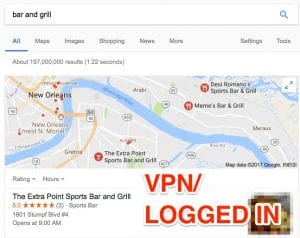 Most of the time I simply forgot that my VPN was on. Impressive considering that, at the end of the day, the service was setting me back less than $4 per month.
Most of the time I simply forgot that my VPN was on. Impressive considering that, at the end of the day, the service was setting me back less than $4 per month.
However, this wasn’t a great surprise to me. I had noticed this when using it in the past even though sometimes combining a VPN with a hotel wifi can be a disaster.
Over the next two months, I only noticed three issues:
- Blocked from Some Websites: A few websites outright blocked me from accessing them. For some it was because they blocked all VPNs. Others, it appeared to be an IP block targeted at a malicious user on my same network. However, some of the time it seemed to be because they thought I was running an ad blocker. That is likely because the software does have one built in, even though I left it disabled.
- Intermittent Issues: Outages are to be expected and, while things were overall stable, they did happen. Several times internet access would drop off but be quickly fixed by disabling the VPN momentarily. This added a layer of troubleshooting to any internet difficulties but not a significant one and the outages the VPN was responsible for were about the same in number as outages my ISP was responsible for.
- Mistaken Identity: Finally, one of the strange quirks I noticed over and over again was that, since my connection appeared to be coming from Chicago, I would get Chicago-targeted ads and search results. While it was more amusing than annoying when it was advertising, Google searches for local businesses sometimes went sideways, especially when I was logged out or in incognito mode. Fortunately, being logged in fixed the issue when it came to Google.
All in all, the problems were fairly minor. I don’t normally use Netflix or Hulu on my laptop and only a handful of websites blocked or restricted access. With outages few (and easily solved) and the speed decrease, though great on paper, barely noticeable in practicality, it was largely smooth sailing.
Bottom Line
If anything, the sailing might have been a bit too smooth. I had originally planned to make this a 30 day experiment but forgot to set a reminder and notice the VPN so little that I overshot the deadline.
The simple truth is that using a VPN 24/7 was even less of an inconvenience that I thought it would be. But does that mean that they are ready for mass adoption? I really don’t know.
There is still an added cost and a definite speed reduction with using a VPN. People pay good money for their internet speeds and it’s going to be a tough sell to have them pay more money to reduce them without some overriding reason.
For better or worse, it doesn’t appear that privacy is that reason. The U.S. has moved on and the issue, as hot as it was in April, seems to have already been forgotten, lost in a sea of other important issues.
Besides, when you look at the other private information we share with other internet companies willingly, privacy just isn’t a priority. After all, Google could easily locate me just by me logging into my email. Does a VPN for privacy really matter?
Still, for those who do want that layer of privacy, VPN services are there and, as I found, using them full time isn’t that bad. The cost is low, the inconvenience minimal and the issues almost nil.
For those who are still serious, it’s more than a practical alternative.
As for me, I’m going to leave it on a bit longer. However, it’s more out of habit than necessity at this point. It does no real harm and is already paid for, so it seems I might as well get the good it can provide.
Want to Reuse or Republish this Content?
If you want to feature this article in your site, classroom or elsewhere, just let us know! We usually grant permission within 24 hours.
